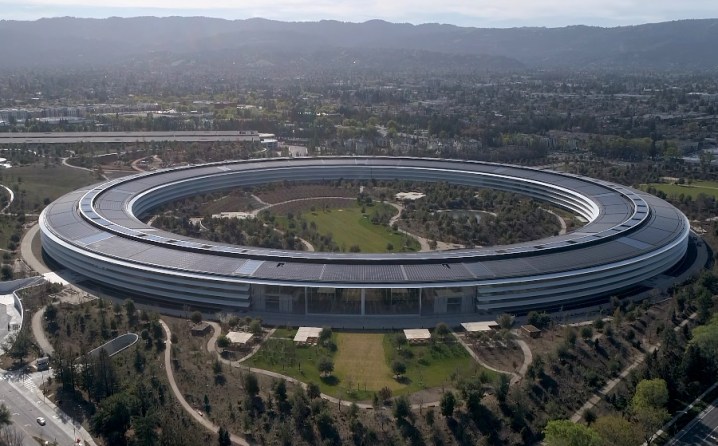So it was with great surprise that we recently learned about how some workers at the new site have been walking into the building’s floor-to-ceiling glass walls, in some cases incurring some pretty nasty injuries.
As Apple has so far declined to comment publicly on the reports, the San Francisco Chronicle decided to seek some — ahem — transparency on the issue.
Digging a little deeper into the story, the news outlet has just published a report claiming that Cupertino building official Albert Salvador visited the $5 billion campus shortly before it opened and warned that in some places it was hard to distinguish between the glass walls and glass doors. Seems like he was right.
Through a public-records request, the Chronicle has also gotten hold of several 911 calls made in response to some of the incidents, and over the weekend it published lengthy excerpts. They reveal that at least some of these accidental knocks are causing more than just a bruised forehead, with one of them suggesting stitches might be needed and another confirming a cut with “serious” bleeding when asked by the dispatcher.
Apple security made the first call listed in the excerpts, with the January 2 incident involving a man in his late 20s who “ran into a glass wall pane.”
The caller tells the dispatcher that the injured man has “a small cut on their head and they are bleeding, slightly disoriented.”
After the dispatcher confirms that the man is conscious and breathing, the caller is asked if there’s “any serious bleeding,” to which the caller replies, “Yes, from the head.”
The dispatcher then offers some advice on initial treatment and sends paramedics to Apple Park.
Call 2 was also made on January 2 and involved a middle-aged man who sustained a cut above the eyebrow after he “walked into a glass window, hitting his head.” Someone in the background at Apple Park can be heard saying that the wound “looks like it’s going to (require) stitches.” The dispatcher again sends help.
The third incident took place on January 4 and involved a guy who apparently felt a little embarrassed about what had just happened.
“Um, I walked into a glass door on the first floor of Apple Park when I was trying to go outside, which was very silly,” the man explains to the dispatcher. While he doesn’t report any bleeding or concussion, the dispatcher chooses to send a paramedic to have him checked out.
Solutions?
It’s not yet clear how Apple is dealing with the issue — if it is at all — though some workers have reportedly started to offer rudimentary solutions of their own, such as placing sticky notes on the panes to better show up the glass for the company’s 13,000 employees scuttling about the sprawling site. And with all the publicity the story has been getting recently, we’re assuming the staff will be treading far more carefully about Apple Park in a bid to prevent the onset of an irritating headache. Or worse.





